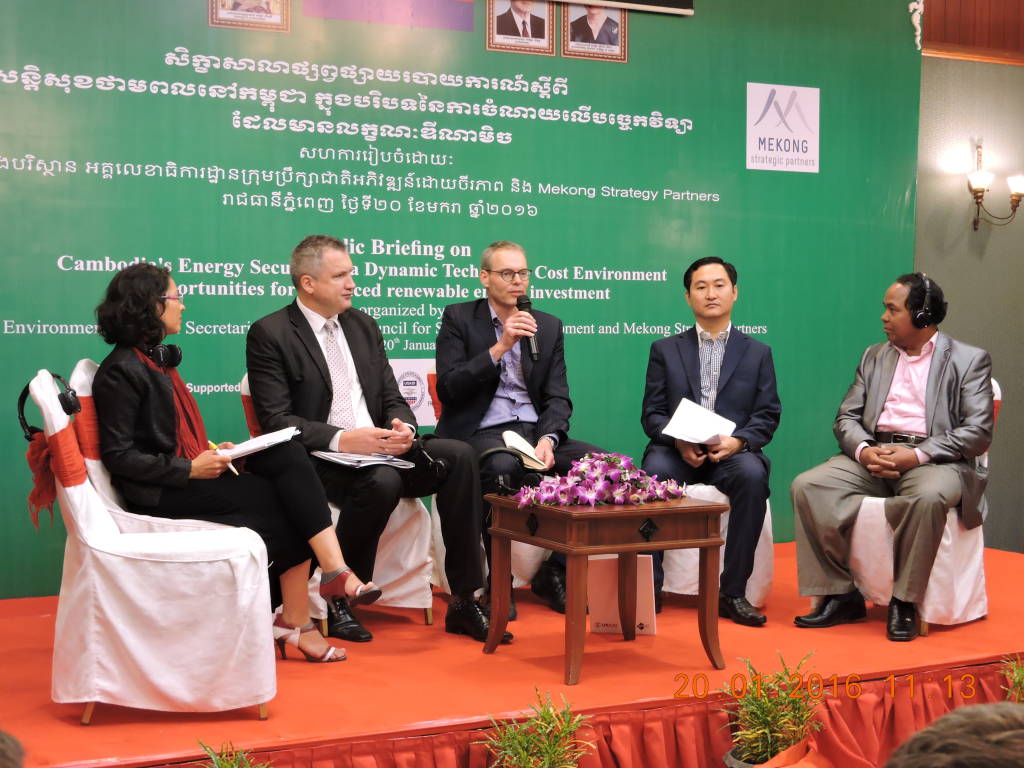The Cambodian National Council for Sustainable Development (NCSD), in collaboration with U.S. Agency for International Development (USAID) and its partners, launched a report today that highlights Cambodia’s need to set a formal target for renewable energy generation for sustainable and secure economic growth.
The independent report entitled “Switching On: Cambodia’s Path to Sustainable Energy Security,” supported by the USAID-funded Mekong Partnership for the Environment (MPE) project, recommends that the Cambodian government clarify laws on renewables – such as rooftop solar power – to supply electricity.



